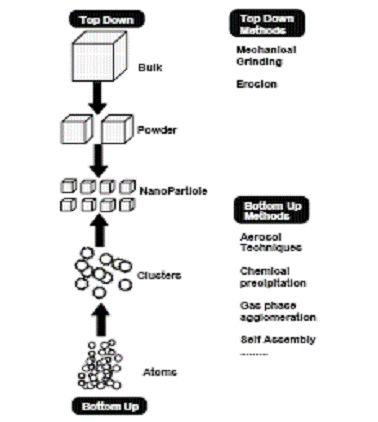Topdown approach or bottomup
Post on: 16 Март, 2015 No Comment

For investors looking to take a plunge into the stock markets, making the choices is the trickiest part. How do you pick out a stock from the bewildering choices? Well, seasoned fund managers use one of two approaches top-down investing or bottom-up investing.
How they work
Consider Wonderland, a country whose economy is chugging along merrily. Demand for things such as steel, cars, houses and so forth, is growing at multiples of the general economy. You identify the automobile sector as an attractive bet based on its growth rate and underlying dynamics such as competition, potential client base, purchasing power and so on. You then home in on, and buy into, two candidates in the industry based on financial and operational prudence.
Another investor holidaying on the beaches of Wonderland sees an attractive car at an attractive price. He digs into the company making the car. This company, in addition to being very profitable, is run by talented individuals who design beautiful, quality cars while keeping costs in check. This investor also chances on a report that chronicles the wonderful opportunities of Wonderland and the potential of the nascent automobile industry. He bets on this car-maker.
Both these scenarios, when successful, result in an identical outcome a pot load of money for betting on Wonderland’s car companies. However, the two investment decisions came from different rationale. One is based on a growing economy whose inhabitants will consume and identifying how general prosperity and growth trickle down to the bottom line. The second is based on the confidence placed in a car company whose exemplary products and operational prudence will allow its bottom line to thrive in a prosperous economy. The first rationale is referred to as the top-down approach and the second as the bottom-up approach to investing.
The approaches
The top-down approach traditionally involves identifying investment opportunities or themes based on macroeconomic indicators. A theme or sector is identified among the various sub-sectors which are powering growth. Following this, companies that are beneficiaries of participation in this growth are identified and analysed. The investors may then choose a company, index or fund to invest in which will enable them to participate in the growth of the identified asset. Metrics that could be considered for such analysis include GDP and industrial production growth, strength of the currency, and perception of policy making. The downside of a top-down approach is the rapid speed with which information moves in the modern day markets. A company that benefits from growth may already have priced in the growth information much before it is reflected in soon-to-be-released GDP or industrial data. The bottom-up approach first involves identifying an intrinsically’ superior asset or company. Bottom-up analysis places emphasis on understanding the factors that lend to this superiority. The factors may be financial, operational or managerial but it is an advantage that stems from, and is unique to, the company. However, in adverse economic conditions, regardless of how competent a company is, it will suffer when the economy suffers.

Holistic viewpoint
Most modern investors use a method that incorporates the best of both worlds. Top-down analysis is employed to gauge the operating environment in terms of government policy, social and economic stability, national economic health, public spending and reforms, among other metrics. Bottom-up analysis provides a perspective on individual participants in the economy, such as how well a company operates relative to its domestic and international peers, how efficient it is with its capital, how sustainable its profit margins are. These kinds of questions provide a micro picture.
BL RESEARCH BUREAU
(This article was published in the Business Line print edition dated October 30, 2011)














